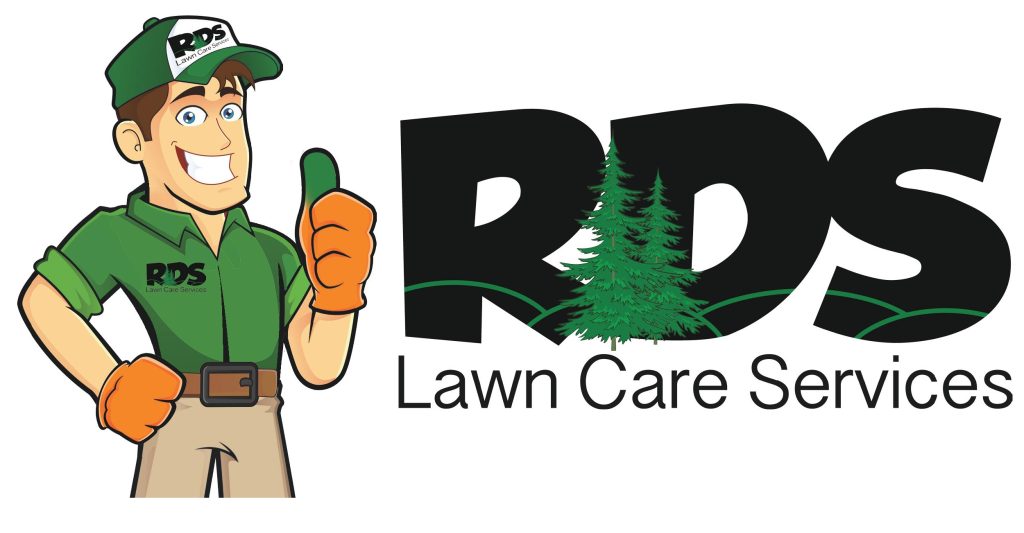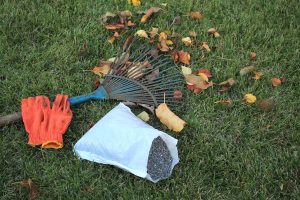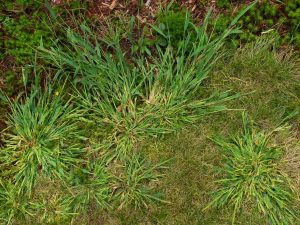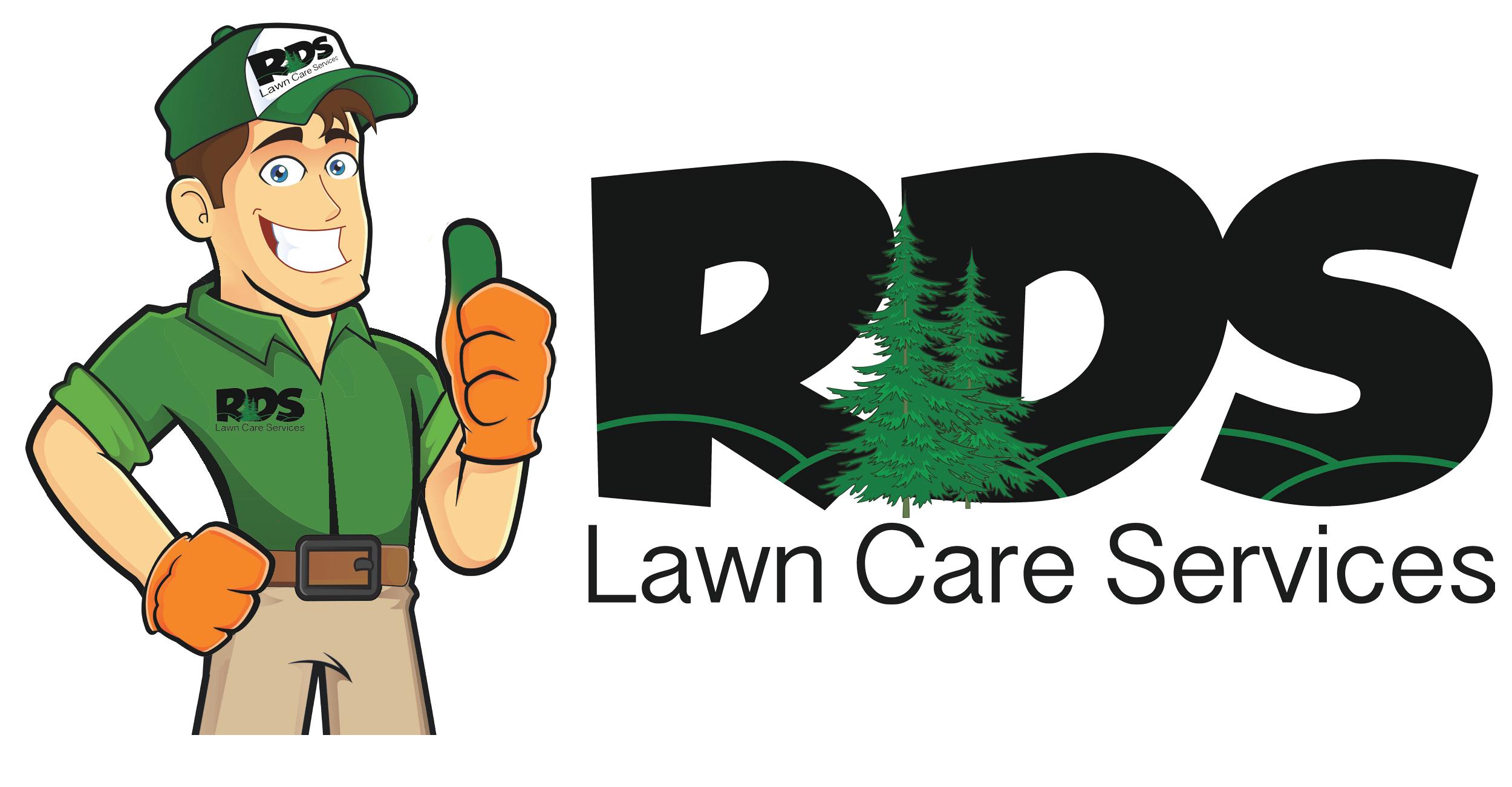The humid climate of North Carolina can be a breeding ground for lawn diseases, the most common of which is known as Brown Patch. As a fungal lawn disease, Brown Patch is caused by a specific type of fungus named Rhizoctonia solani. This fungal disease causes circular patches of browning turf to plague your lawn, and it spreads rapidly once these patches begin to emerge.
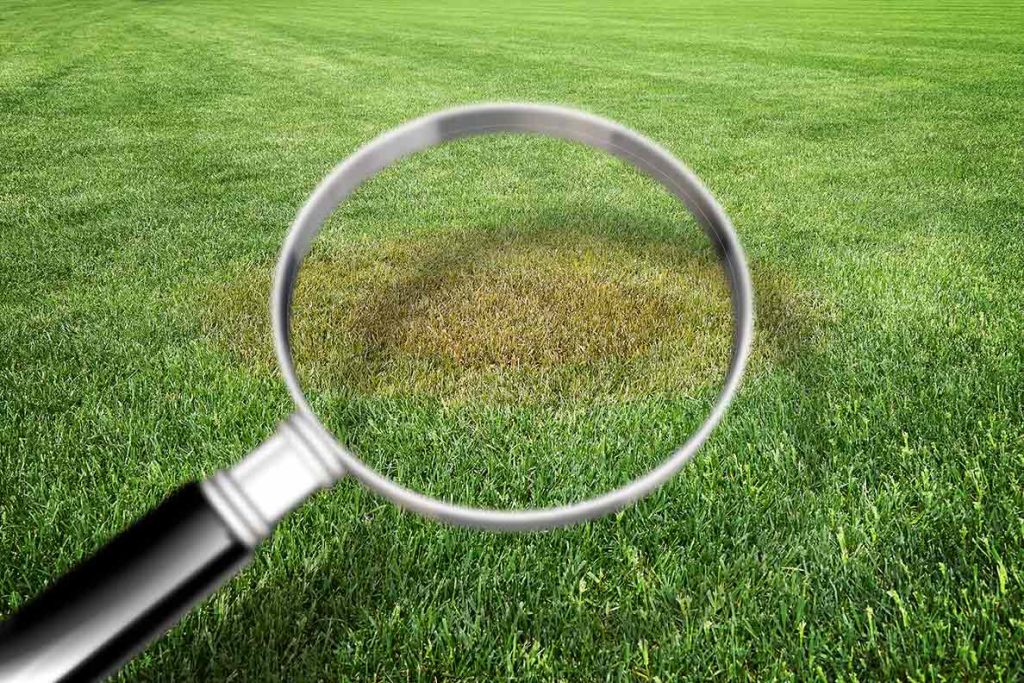
Brown Patch affects the leaves, not the roots, of your turfgrass, meaning that it will not necessarily kill your grass. However, Brown Patch loves to spread across already-weakened lawns, and its damaging effects can lead to other harmful factors that will kill your turf. It mainly affects cool-season grass types, such as tall fescue, ryegrass, bentgrass, Kentucky bluegrass, and more. If left untreated, Brown Patch can overtake an entire lawn, and the disease will always spread without curative treatments.
Symptoms Of Brown Patch Disease
Brown Patch is a foliar disease, which means it does not affect the crown or roots of the grass in a lawn. Rather, Brown Patch causes lawns to turn brown by affecting the leaves of plants, such as individual grass blades. Once infected, the blades of grass begin to lose their green color. Slowly, grass will start turning yellow, and, eventually, roughly circular patches of brown turf will emerge. The extent and unique characteristics of Brown Patch damage depend on several factors. Generally speaking, you can expect the following symptoms to be visible for each turf situation/type listed below:
Low-Mowed Turf
Lawns that have been mowed to a height of only 1 inch or less will develop roughly circular spots of browning grass, with a diameter anywhere from a few inches to several feet. Individual grass blades that are this short will not show any foliar lesions, but the infected ring of grass will likely have a black or gray outer circle.
High-Mowed Turf
When lawns that are taller than 1 inch become infected with Brown Patch, the affected ring of turf will have a diameter of at least 6 inches, and that diameter will often expand to several feet and even merge with other rings of infection. Unlike symptoms visible in lower turf, lesions can be seen on turf that is higher than 1 inch, and a cotton-like substance, known as mycelium, may spread across the infected area.
Wet Turf
Lawns that are constantly damp are especially vulnerable to the spread of fungal infection. Low-mowed turf that stays wet or is in an environment with very high humidity will develop expanding “smoke rings” of gray and black around the perimeter of the infected patch. Taller turf that stays wet for long periods of time will see a more rapid spread of mycelium.
Fescue Turf
Occasionally, R. solani will not cause circle-like patches, but its effects will still be noticeable. Tall fescue turfgrass does not typically form circular patches when it is infected with Brown Patch. Instead, damage to fescue turf often manifests as scattered flecks of tan color dispersed throughout a lawn, making infected areas appear to be more widespread and less structured.
Development Of The Brown Patch Fungus

R. solani, unlike some other fungal lawn diseases, does not cause the development or spread of spores. Brown Patch spreads via radial expansion, with infected grass blades touching and infecting the surrounding turf. A number of factors can create environments conducive to fungal growth, but the leading causes pertain to humidity and temperature. R. solani thrives in temperatures between 70 °F and 90 °F, and development of this fungus is most likely to occur when hot, humid days give way to cool, but not cold, nights. The humid environment creates damp lawns, and lawns that stay wet as temperatures fall at night are the ideal environment for Brown Patch to develop; if nighttime temperatures stay around 70 °F, a fungal infection is much more likely to develop.
Unfortunately, even harsh winter temperatures may not be enough to kill Brown Patch. The Rhizoctonia species of fungus is quite hearty, and it goes dormant in wintertime. Even if signs of Brown Patch are not present on your lawn, the fungus is capable of living in the soil for many years without you noticing it. When conditions are optimal, the fungus will leave the soil level and begin spreading across grass leaf blades.
R. solani is the strain of the Rhizoctonia species that is most often associated with lawn disease, but other strains can quickly develop to affect different types of turf all year round. While the solani strain is most active during early summer, other strains may take over/develop as summer weather becomes hotter and more humid. Some strains of this fungus are even better suited to grow on warm-season turf. Avoiding the following factors as much as possible will greatly reduce the possibility of an infection from Rhizoctonia or any other harmful fungal species:
- Poor lawn drainage
- Watering your lawn at dusk
- Overwatering
- Over-/under-fertilizing
- Drought stress
- Compacted soil
- Improper mowing practices
- Having a susceptible grass species
How To Prevent Brown Patch
Considering how resilient Brown Patch is and how easily it can develop, you may be wondering if there is any good news about the fight against this lawn disease. Thankfully, there is! Preventive measures are always the best option when it comes to lawn disease control. There are a few easy tasks you can perform yourself, or have a lawn care company provide for you, that will drastically reduce the chances of your lawn succumbing to a fungal infection.
Clean Mower Blades – One of the leading causes of lawn disease is transference via unclean lawn mower blades. Infected grass clippings that are left on the blades between mowings will infect the rest of the grass clippings on the blades, which will then infect the rest of your lawn the next time the uncleaned blades are used. Wiping lawn mower blades clean before and after usages is a great way to prevent Brown Patch.
Fertilize Properly – Grass that gets excess nitrogen due to improper fertilization can quickly become damaged and invite diseases like Brown Patch. Make sure appropriate amounts of fertilizer are applied throughout the year, and never over-fertilize your lawn. As the weather gets warmer and lawns become well established, you may want to consider using a fertilizer with low nitrogen levels to avoid such issues from occurring.
Aerate Your Lawn – Core aeration helps with many lawn care issues. Compacted soil, poor drainage, and low nutritional intake can all contribute to the spread of Brown Patch, and core aeration can help alleviate all of these problems and more! If your lawn is constantly getting puddles or staying generally damp at all times, core aeration is a great way to avoid these issues that so frequently lead to fungal infections.
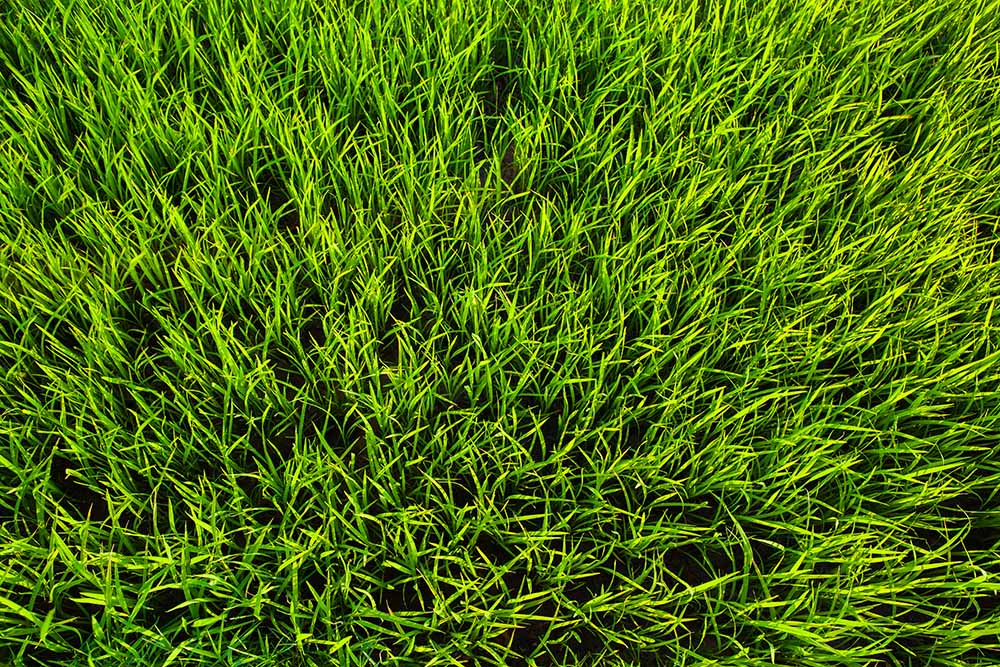
Aside from the aforementioned lawn care tasks, applying fungicides to prevent Brown Patch is another effective method, and RDS Lawn Care Services has a program designed to do just that. The fungicides we use will help prevent the development of lawn diseases, and we apply treatments four times throughout the growing season to give your lawn long-lasting protection.
If Brown Patch or another disease has already begun to spread, and especially if it is a recurring issue every year, you may want to consider seeding a new lawn altogether to rid your yard of fungal infection. Luckily, RDS has some of the finest lawn seeding services in North Carolina as well! Call us for more information on Brown Patch, how to treat lawn diseases, and all the other ways RDS Lawn Care Services can protect your turf!
